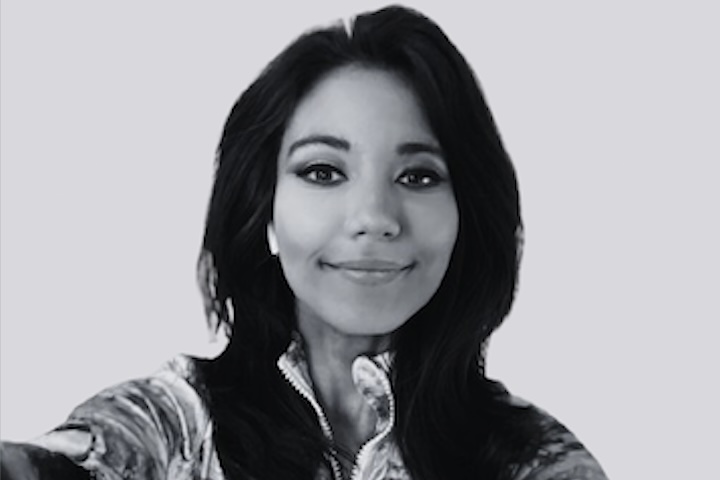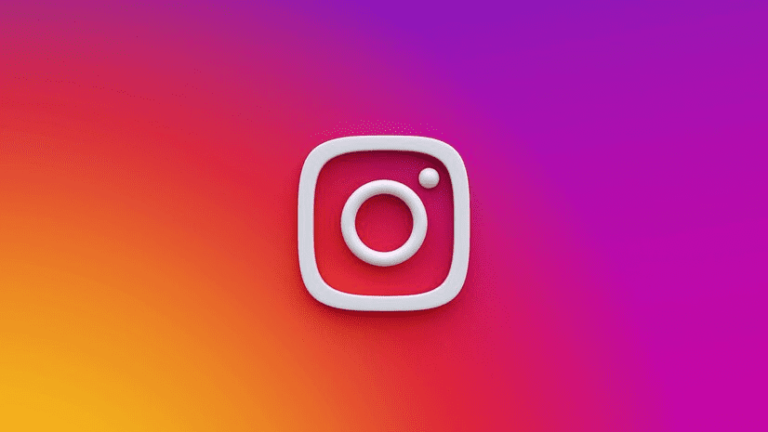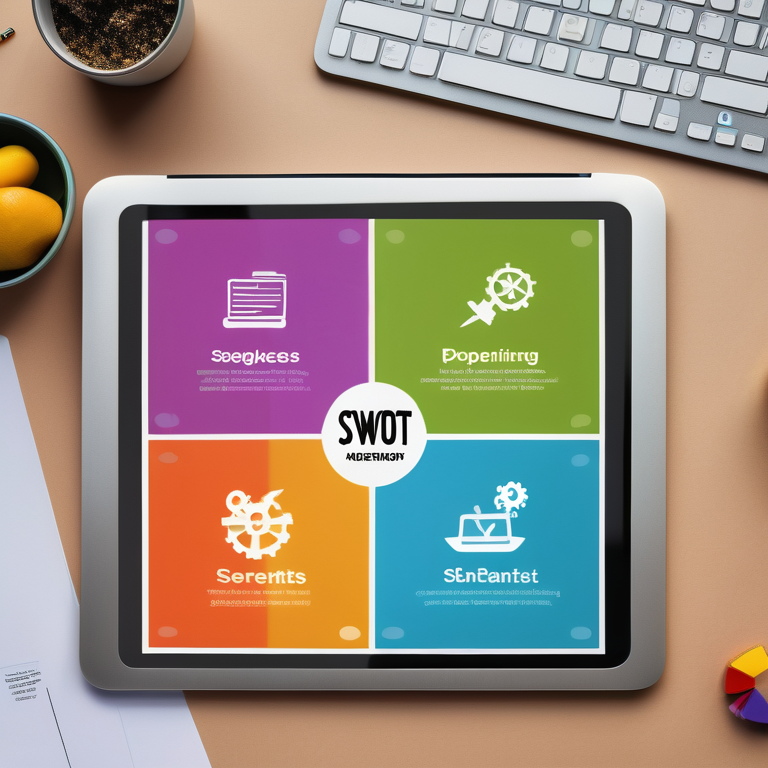
Mickey Friedman co-launched Flair.ai in 2022, a year after graduating from the University of Chicago. The company, which has raised $5 million in seed funding, deploys artificial intelligence to perfect product photos, providing entire virtual scenes and setups.
The process, Friedman says, remakes ecommerce photography by dramatically lowering the cost of photo shoots while improving quality.
In our recent conversation, she addressed the rise of visual AI, the necessity of human intervention, and more. The entire audio is embedded below. The transcript is edited for length and clarity.
Eric Bandholz: Who the heck are you?
Mickey Friedman: I own a company called Flair. We launched in 2023. We’re building an AI tool for product photos, visualizations, and animations. We’re trying to streamline the photo shoot process into an easy-to-use virtual studio at a much lower cost.
We’re a team of five. We’ve onboarded over a million users now.
We start with merchants’ existing product photos. We perform color corrections, preserve the lettering, and provide an entire virtual scene. Brand and text preservation are important to us.
I was early on in the AI art scene. I was interested in marketing and photo shoots, but I was more drawn to the creative process, playing around with AI models to create art. The process in the early days was taking a bit of text and generating images. There’s still a place for that, such as Midjourney. But ecommerce companies want to preserve their brands and assets and control the visual arrangement of their scenes.
Bandholz: How are merchants using your tool thus far?
Friedman: Images for landing pages and organic social posts are very popular. We’re trying to define the creative process of a photo shoot. Many AI tools remove humans from that process, but we want the opposite, where our customers execute whatever vision they have.
Folks who gravitate to Flair are often at the intersection of ecommerce and creativity — an in-house design team or an agency. They understand our platform intuitively.
There’s a lot of storyboarding on Flair. We’ve had customers with a vision of a dream photo shoot they can’t execute because of extensive coordination and cost. Using Flair, they upload the raw product photos to the canvas, find the props they need, and more or less replicate their photo shoot on the platform.
Bandholz: Flair seems poised to scale.
Friedman: It is a very large market. We want every brand in the world to use us in some capacity. Smaller brands with budget constraints could transition photo shoots, while larger brands that can afford photo shoots need better tools.
Regardless, as long as businesses require photo shoots, Flair will hopefully be involved in their workflow. That’s our goal.
We’re branching out into verticals. For fashion brands, we can place a sweater on a virtual human model, for example. For product commercials, we reduce the cost.
We want as much traction as possible with smaller brands. But we will likely move upmarket a bit, although we’ll never be too expensive — way less than $500 a month.
Over time, our AI models will improve, thus improving image quality. Eventually, we will create banner ads. Everything will be AI-generated. My only hope is that humans are at the center of that process. They direct it instead of a black box algorithm.
Bandholz: Where can people sign up for Flair and follow you?
Friedman: The platform is Flair.ai. You can add me on LinkedIn or follow me on X, @mickeyxfriedman.





